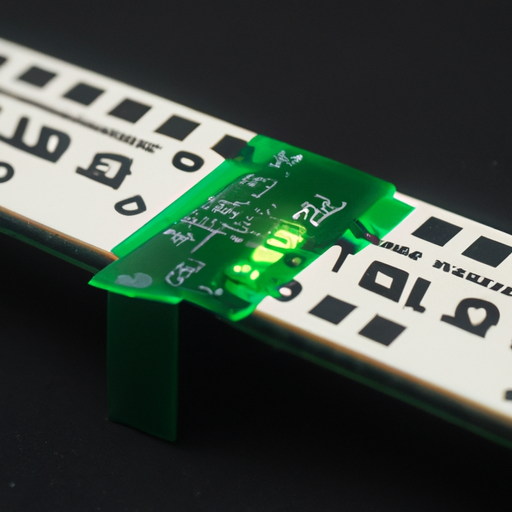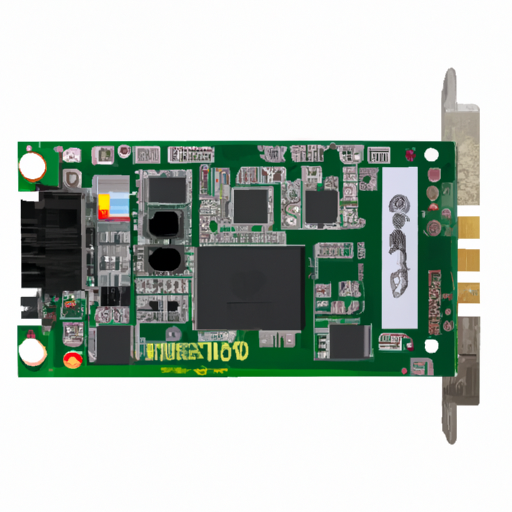CFR-12JB-52-110R V/F and F/V Converters highlighting the core functional technology articles and application development cases of V/F and F/V Converters that are effective.
Overview of V/F and F/V Converters
Voltage-to-Frequency (V/F) and Frequency-to-Voltage (F/V) converters are pivotal in bridging the gap between analog and digital systems. The CFR-12JB-52-110R model exemplifies the capabilities of these converters, showcasing their core functional technologies and diverse applications.
Core Functional Technology
1. Voltage-to-Frequency (V/F) Converters - **Functionality**: V/F converters convert an analog voltage signal into a frequency signal. The output frequency is directly proportional to the input voltage, facilitating the integration of analog signals into digital systems. - **Key Components**: - **Voltage-Controlled Oscillator (VCO)**: Generates a frequency output based on the input voltage. - **Comparator**: Ensures the output frequency is stable and accurate. - **Timing Circuit**: Regulates the timing of the output signal. - **Applications**: Commonly used in analog-to-digital conversion, telemetry systems, and signal conditioning.
2. Frequency-to-Voltage (F/V) Converters - **Functionality**: F/V converters perform the reverse operation, converting frequency signals into proportional voltage levels. This conversion is essential for measuring and processing frequency signals in a more manageable voltage format. - **Key Components**: - **Frequency-to-Voltage Converter IC**: The core component that performs the conversion. - **Integrators**: Smooth out the output voltage for better accuracy. - **Filters**: Reduce noise and enhance signal quality. - **Applications**: Widely used in frequency measurement systems, tachometers, and digital signal processing.
Application Development Cases
1. Industrial Automation - **Use Case**: V/F converters are employed to monitor motor speeds in manufacturing. By converting the voltage from a speed sensor into a frequency signal, digital controllers can effectively monitor and control motor performance. - **Benefits**: Enhanced accuracy in speed control and reduced noise in signal transmission, leading to improved operational efficiency.
2. Telecommunications - **Use Case**: F/V converters are critical in telecommunications for demodulating frequency-modulated signals back into voltage levels. This process is essential for voice and data transmission. - **Benefits**: Improved signal integrity and the capability to process high-frequency signals, ensuring reliable communication.
3. Medical Devices - **Use Case**: In devices like heart rate monitors, V/F converters transform the voltage output from sensors into a frequency that can be easily counted and displayed. - **Benefits**: High precision in monitoring vital signs, enabling accurate data logging and patient monitoring.
4. Automotive Applications - **Use Case**: F/V converters are utilized in automotive speedometers, converting the frequency from wheel speed sensors into a voltage that drives the speedometer display. - **Benefits**: Accurate speed readings and seamless integration with onboard diagnostics systems, enhancing vehicle performance monitoring.
5. Environmental Monitoring - **Use Case**: V/F converters are used in environmental sensors measuring parameters like temperature and humidity. The analog output from these sensors is converted to a frequency signal for transmission to central monitoring systems. - **Benefits**: Enables long-distance data transmission with minimal signal degradation, facilitating effective environmental monitoring.
Conclusion
V/F and F/V converters, such as the CFR-12JB-52-110R, are integral to modern electronic systems across various industries. Their ability to convert between voltage and frequency signals allows for seamless integration of analog and digital systems, enhancing performance and accuracy in applications ranging from industrial automation to medical devices. As technology continues to evolve, the development of more efficient and precise converters will further drive innovation in these fields, paving the way for advanced applications and improved system performance.




